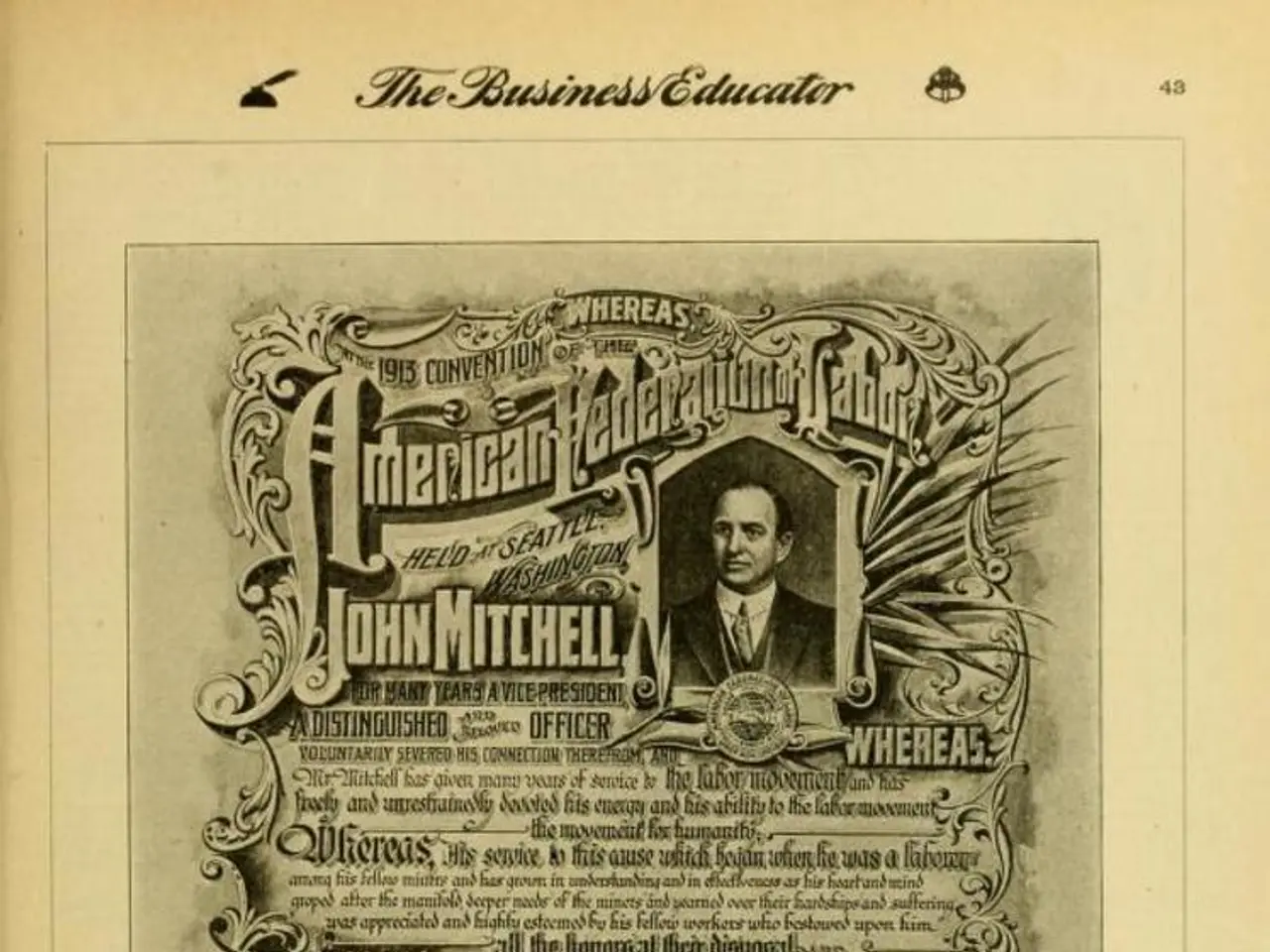AI-Powered Identification of Political Imagery
Artificial Intelligence (AI) has made a significant impact on political campaigns, transforming the way politicians and activists create, engage, and analyse content. One of the most notable advancements is AI-driven image recognition.
This technology, which originates from the field of computer vision, allows computers to classify objects and entities within images, revolutionising the way political campaigns create visual content such as infographics and video clips. AI-driven image recognition can also speed up election analysis by providing faster access to data on voting trends and public opinion.
AI-powered image recognition is not just a tool for content creation; it can also improve voter engagement. By providing campaigns with data on how people engage with their content online, AI-driven image recognition can help tailor messages to resonate with specific demographics, increasing engagement and driving campaign success.
Moreover, AI-driven image recognition has significantly impacted political activism, enabling activists to increase their reach and influence. It can also provide insights into how people react to different policies or candidates in real-time, allowing campaigns to adjust their messaging accordingly.
In the fight against misinformation, institutions and companies are developing AI-based technologies to detect and identify deepfakes accurately. The AIT Austrian Institute of Technology GmbH, as part of the DEFALSIF-AI project, and the CISPA Helmholtz Center for Information Security with the Aletheia project are at the forefront of this development, focusing on analysing digital content for authenticity and credibility. Google also provides AI tools like Google Lens for identifying manipulated or misleading images, although these are more general-purpose rather than specifically for political misinformation.
AI algorithms can measure individuals' emotional and behavioural responses towards political figures by mining data from various sources. This can help political campaigns develop more effective strategies by providing detailed insights into public opinion about their candidates and policies.
Social media platforms have turned to AI-powered image recognition for political content moderation to address the challenge of regulating political content. AI-driven image recognition can also enhance security at political events or rallies by identifying individuals who may pose a threat or have a criminal record.
However, the use of AI-based image recognition technology also raises concerns about privacy violations, data misuse, and surveillance. It can identify individuals through their facial features, clothing, or other identifying characteristics, potentially infringing on individual privacy rights.
In conclusion, AI-driven image recognition is transforming the political landscape, offering numerous benefits such as improved voter engagement, faster election analysis, and more effective campaign strategies. However, it is crucial to address the potential risks associated with this technology to ensure a fair and transparent political process.
Read also:
- Exploring Harry Potter's Lineage: Decoding the Enigma of His Half-Blood Ancestry
- Elon Musk Acquires 26,400 Megawatt Gas Turbines for Powering His AI Project, Overlooks Necessary Permits for Operation!
- U Power's strategic collaborator UNEX EV has inked a Letter of Intent with Didi Mobility to deploy UOTTA(TM) battery-swapping electric vehicles in Mexico.
- Global Gaming Company, LINEUP Games, Moves Into Extensive Global Web3 Multi-Platform Gaming Network




